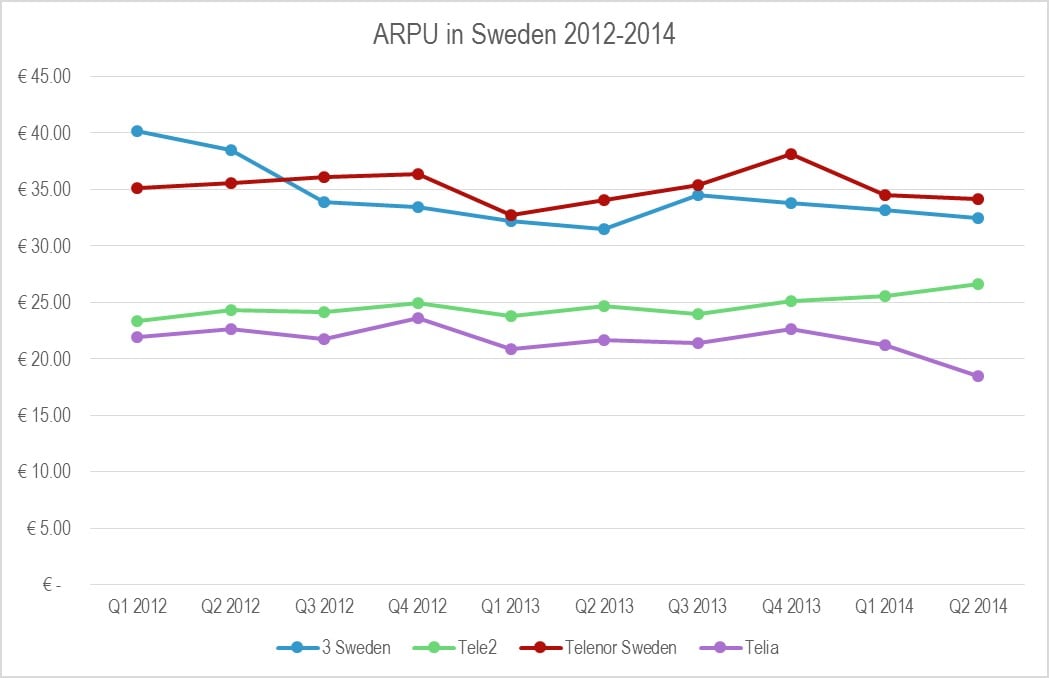
BBVA: Traditional retail bank embraces digital disruption
Retail banks are threatened by a new breed of focused and fast digital firms – fintech – that offer cheaper and more tailored financial services. BBVA management saw this threat early and acted decisively to ensure it remained competitive. Telcos have much to learn from this.





